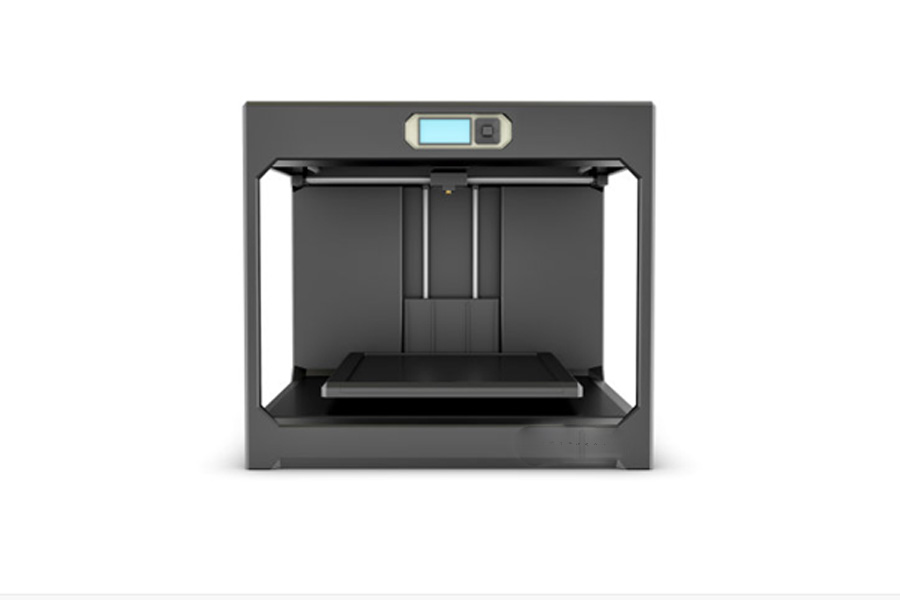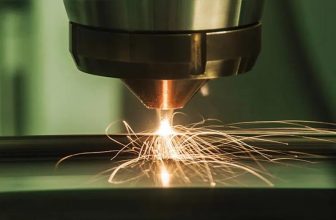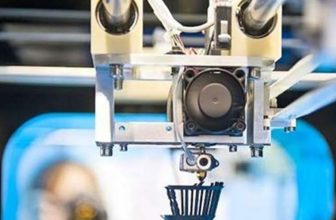
Nowadays, more and more companies are considering purchasing 3D printers. The characteristics of 3D printing can be flexible and flexible production, as well as personalized customization, etc., which are becoming more prominent. Therefore, configuring a 3D printer may be better than competitors.
- Speed from data file to product parts
Note that what is mentioned here is the speed from data files to product parts, not just the printing speed, it must consider the modeling preparation time, printing speed, and the required post-processing time. Usually, the time consumed by 3D printing only accounts for a small part of the time from data files to product parts. Therefore, in combination with its own needs, not only the 3D printing speed must be considered, but also the data preparation time and post-processing time.
- Part strength
Does your printed part meet the mechanical performance requirements of the part? How much force must be taken, what is the working temperature, the endurance in different directions, and so on.
- Accuracy
The key to accuracy, precision, and repeatability lies in various factors, including part size, material, geometry, post-processing, printing orientation, etc., which must be comprehensively considered scientifically.
- Material properties
Knowing the expected application and the required material properties is critical to selecting the most suitable 3D printer according to your needs. Generally speaking, we hope that the 3D printing materials and the final mass production materials are as close as possible, and it is best to directly replace them.
- Product aesthetics
Some applications must be visually attractive, full-color, or printed parts with specific appearance requirements; some applications may be purely functional, as long as the part functions as expected, the appearance of the part is irrelevant. Therefore, the aesthetics of the product may also be a key factor
- Print size and productivity
Each device will have its own build size and production capacity. There are various possibilities for different printing processes and different target parts, which must be carefully and comprehensively considered.
- Initial investment and total operating costs
Simply put, it is the price and the investment budget. This includes not only the price of the equipment, but also the operating cost, labor cost, etc. For example, for metal 3D printing equipment, apart from the expensive initial equipment investment, the subsequent operation costs are also very expensive. Surprisingly, for example, some consumables have expiration dates, and the cost of use and ownership is very high.
- Other
In addition to the above, you must also consider factors such as site, environmental protection, supporting equipment, etc. For example, for resin-based equipment, the ventilation requirements for the site will be relatively high, which is not suitable for use in an office environment.





